Electric cars are changing how people charge their vehicles. The standard connector used across Europe and the UK is now widely adopted. Anyone moving from petrol or diesel cars may find electric charging rules confusing at first, but this standard makes things simpler for most drivers.
Type 2 charging cables have become standard equipment for EV owners, connecting vehicles to the growing network of public and home charging points. With their distinctive seven-pin design and strong construction, these cables support everything from overnight home charging to faster top-ups at dedicated stations. The consistency across European markets means most modern electric vehicles now feature this connection type.
As electric mobility continues to expand, knowing the differences between charging standards becomes more important. The Type 2 connector represents a key piece of infrastructure shaping how drivers power their journeys for years to come.
The Evolution of EV Charging Standards in Europe
When electric vehicles first appeared on the market, each manufacturer created their own charging connectors. This led to compatibility problems. Drivers often found that charging stations for one vehicle would not work with another.
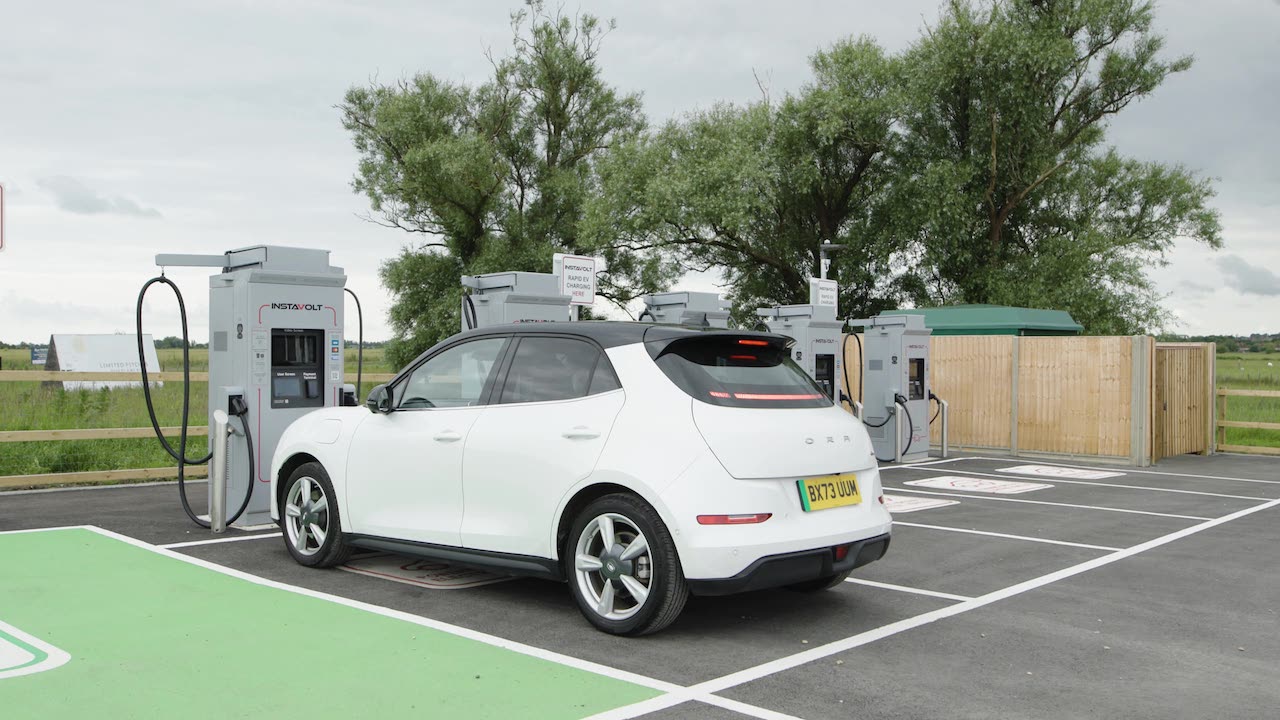
The Type 2 connector, also known as the Mennekes connector after its German maker, emerged as a solution. With its circular design and seven pins, it offered a strong and versatile charging option. Many retailers now offer a selection of type 2 charging cables to suit different vehicles and charging needs.
In 2014, the European Union made Type 2 the required standard for all public charging stations through the Alternative Fuels Infrastructure Directive. According to the European Commission, this created a unified charging system across the continent, helping both manufacturers and drivers.
This standard works well for UK drivers. Charging at home or traveling across Europe, the common connector means compatibility is rarely an issue. The Society of Motor Manufacturers and Traders reports that nearly all new electric vehicles sold in the UK now include Type 2 charging capability as standard.
Technical Specifications of Type 2 Charging
The Type 2 connector has a seven-pin design that enables various charging options. The circular connector includes pins for the three phases of electricity, neutral, earth, and two communication pins for safe charging.
Type 2 charging comes in several power options. The most common is 7kW for home charging, with 11kW and 22kW available at many public charging points. These power levels affect charging speed.
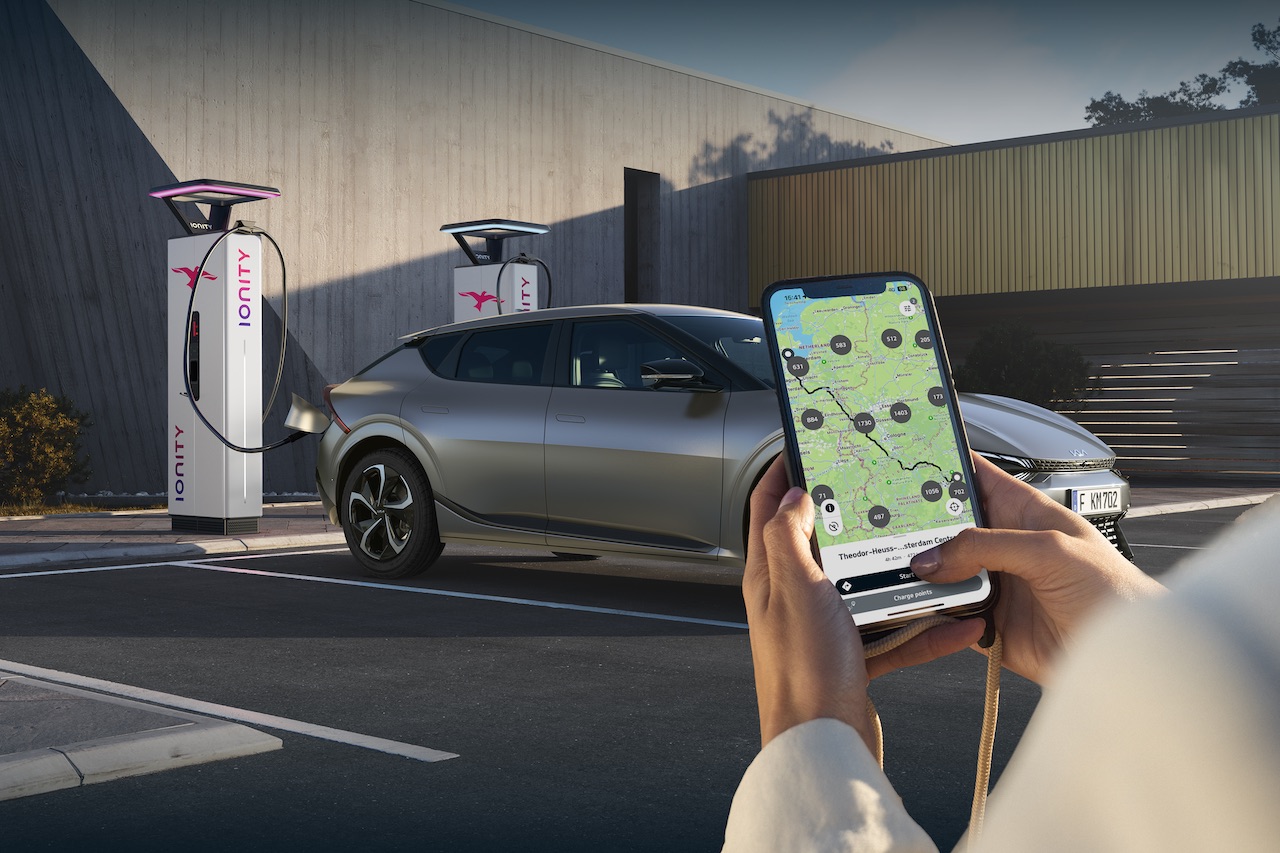
For UK drivers, knowing about single-phase and three-phase power matters. Most UK homes have single-phase electricity, which typically limits charging to 7kW.
Every Type 2 connector follows the IEC 62196 safety standard, which includes proximity pins. These pins keep the vehicle from moving while charging. Many connectors also have shutters to protect against live parts, helpful in wet UK weather.
Single-Phase vs Three-Phase Power for UK Homes
Most UK homes have 230V single-phase electricity. This standard home supply typically allows charging at a maximum of 7kW, enough for overnight charging of most electric vehicles. Charging times using single-phase power depend on the vehicle’s battery size and its onboard charger.
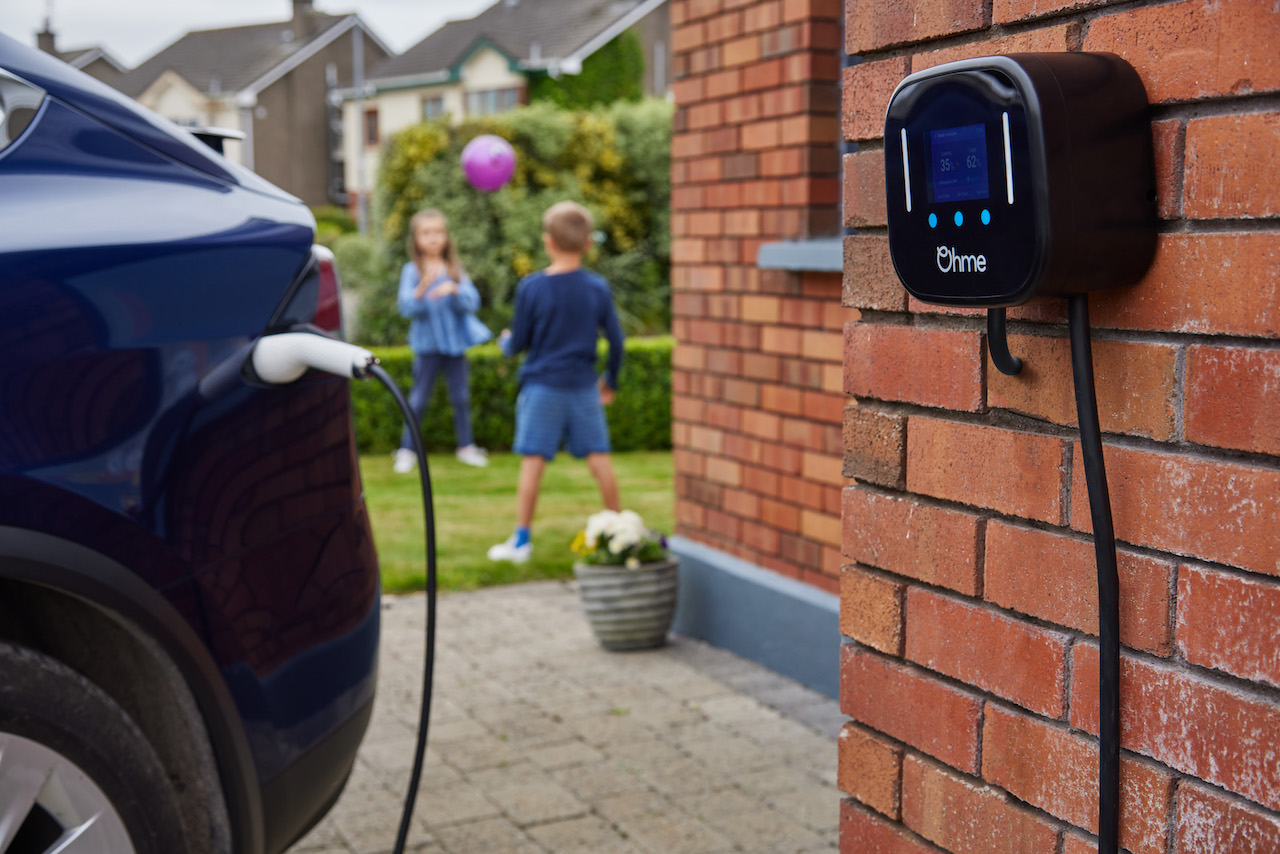
Single-phase charging has limits with larger battery vehicles. Three-phase power offers advantages, though few UK homes have it. Three-phase connections are more common in business properties, newer housing, and rural areas.
For those with three-phase power, charging speeds can reach 11kW or 22kW, depending on the vehicle’s onboard charger. A higher-rated cable won’t increase charging speed if the vehicle’s onboard charger has lower capacity. The charging rate is always limited by the lowest-rated part in the system.
Vehicle Compatibility with Type 2 Connectors
Nearly all major vehicle makers selling in the UK and EU now use Type 2 connectors as standard. This includes brands like Tesla, BMW, Volkswagen, Nissan, Renault, Jaguar, and Hyundai. This standard connection makes charging easier and reduces confusion for new electric vehicle owners.
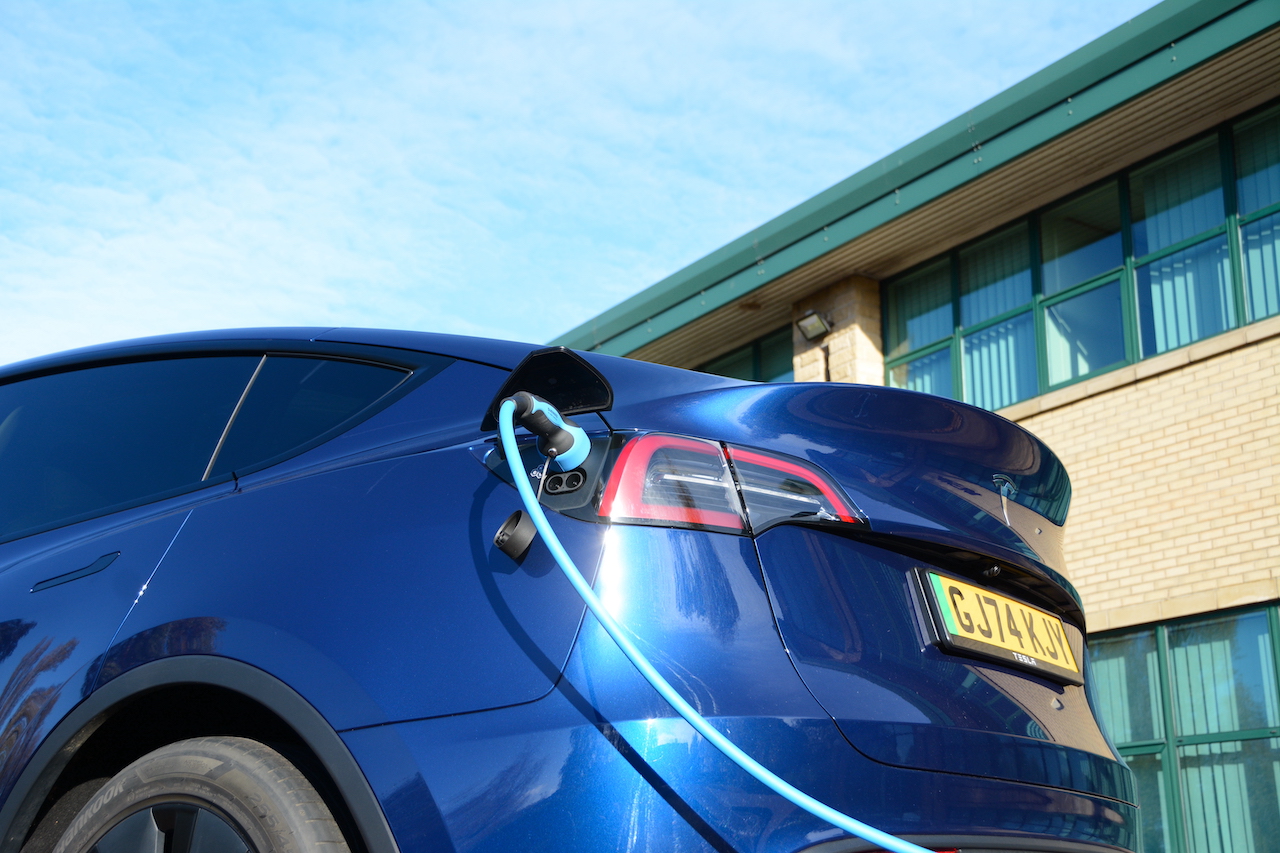
Type 2 compatibility includes plug-in hybrids, not just fully electric cars. Both pure electric and plug-in hybrid drivers can use the same public charging stations. This removes guesswork about finding compatible cables or chargepoints.
For owners of older electric vehicles or imported models with different charging standards, adapters are available. These allow vehicles with Type 1 (J1772) connectors, more common in older models and some imports from Japan and North America, to use Type 2 charging infrastructure.
Charging Speed Realities for Different Vehicles
The actual charging speed depends mainly on the capacity of the vehicle’s onboard charger, not just the rating of the charging cable or station. This distinction is important when looking at charging equipment.
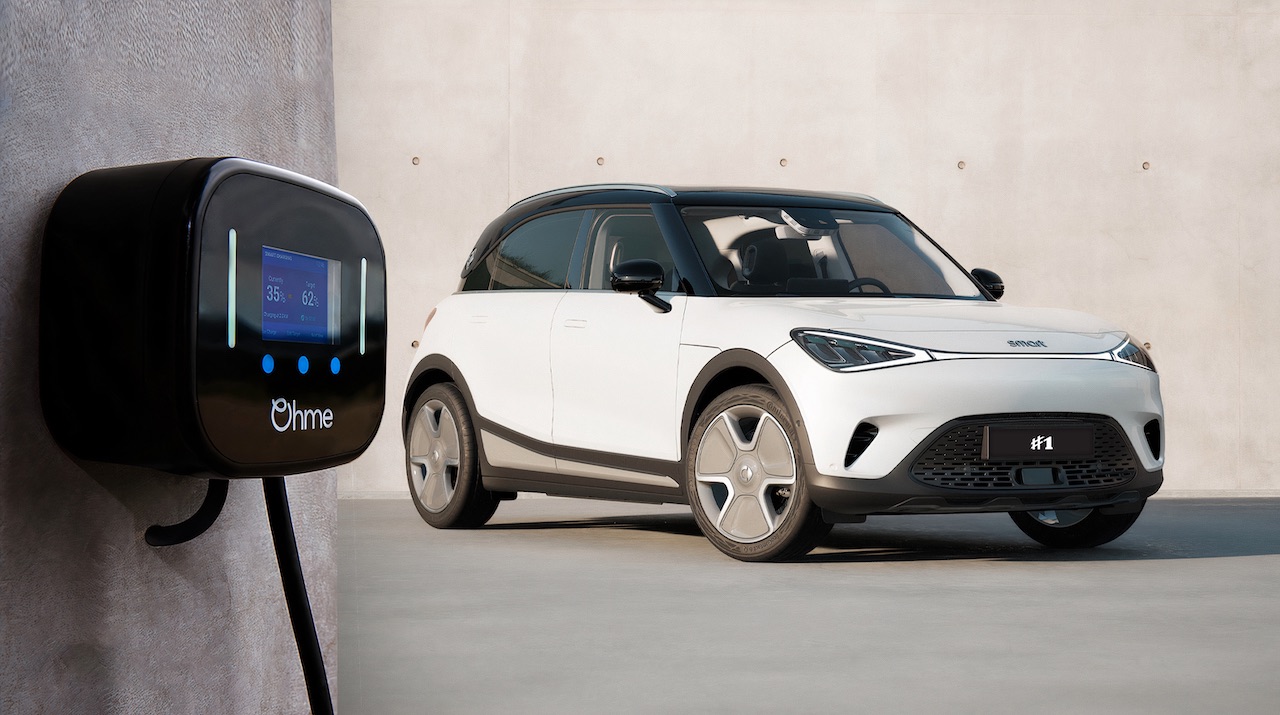
For example, a Nissan Leaf with a 6.6kW onboard charger will charge at a maximum of 6.6kW, even when connected to a 22kW charging point. A Tesla Model 3 with an 11kW onboard charger can use higher-powered charging points more effectively.
Charging times vary between models. According to manufacturer data, a BMW i3 with a 42kWh battery might fully charge in about 6 hours at 7kW. A Jaguar I-PACE with its larger 90kWh battery could take nearly 13 hours at the same power level.
Selecting the Right Type 2 Charging Cable
When choosing a Type 2 charging cable, several factors need careful thought. Cable length is perhaps the most obvious, with options typically ranging from 5 to 10 metres. For home charging, consider the distance between your parking space and charging point.
Current ratings are equally important. Cables come in 16A (3.6kW), 32A (7kW), and 63A (22kW) versions. Match the cable to your vehicle and charging unit. For a Peugeot e-208 with a 7.4kW onboard charger used with a standard home wallbox, a 32A (7kW) cable fits both vehicle and power supply.
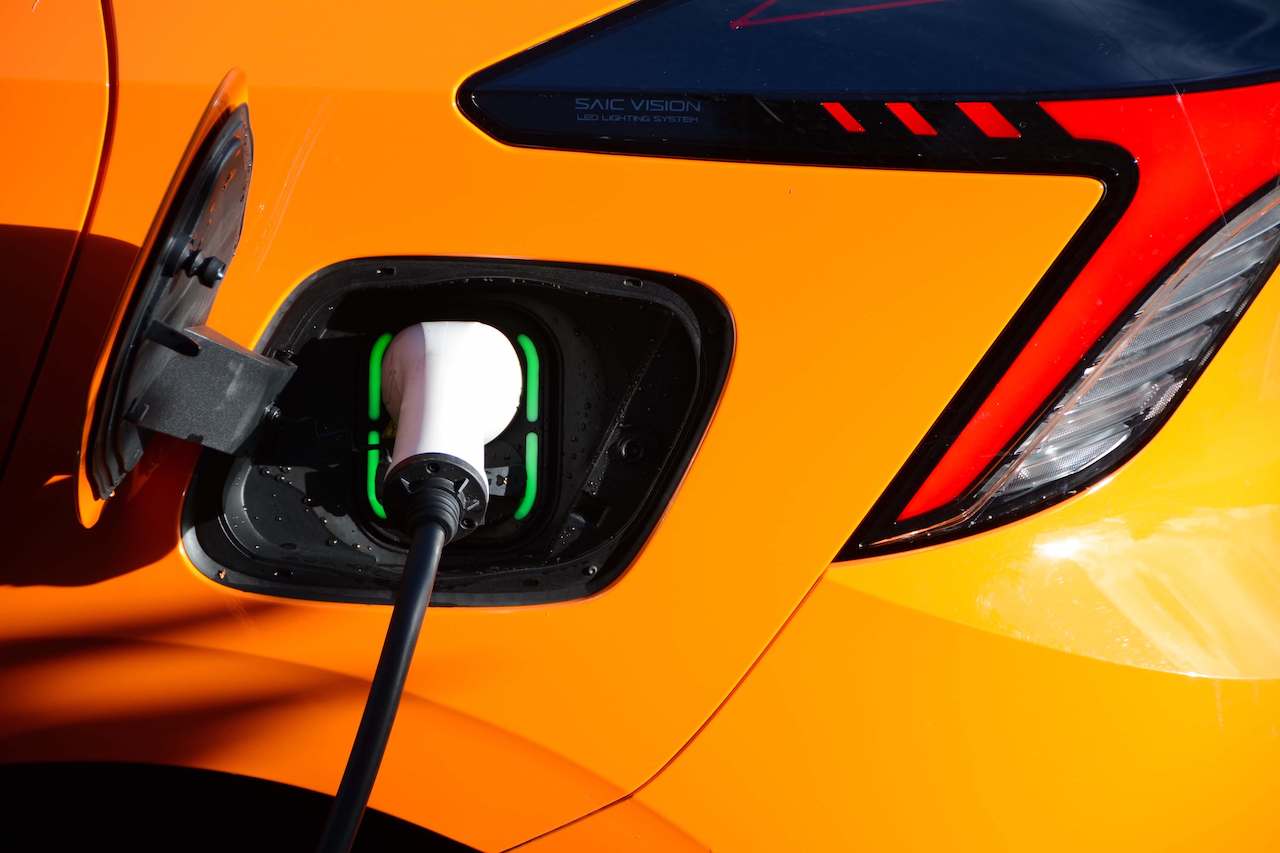
Build quality differs between manufacturers. Look for thick insulation, reliable connectors, and solid strain relief where the cable meets the plug. Check for certification marks like CE and compliance with standards such as IEC 62196.
Weather resistance is especially important for the UK climate. Quality cables offer good IP ratings (IP44 or higher) to protect against rain. Some premium cables include extra features like cable tidies or protective caps for the connectors.
The Future of EV Charging Standards
The electric vehicle charging field keeps advancing, with improving Type 2 standards and new power delivery options. Vehicle-to-grid (V2G) technology is appearing in the UK through pilot projects with certain Nissan and Mitsubishi EVs. This allows owners to connect their cars to the grid during demand peaks.
At the same time, wireless charging pads are being tested in Nottingham. According to local reports, the City Council has partnered with energy firms to test induction-based charging for EV taxi fleets. These projects focus on safe power transfer in wet outdoor conditions.
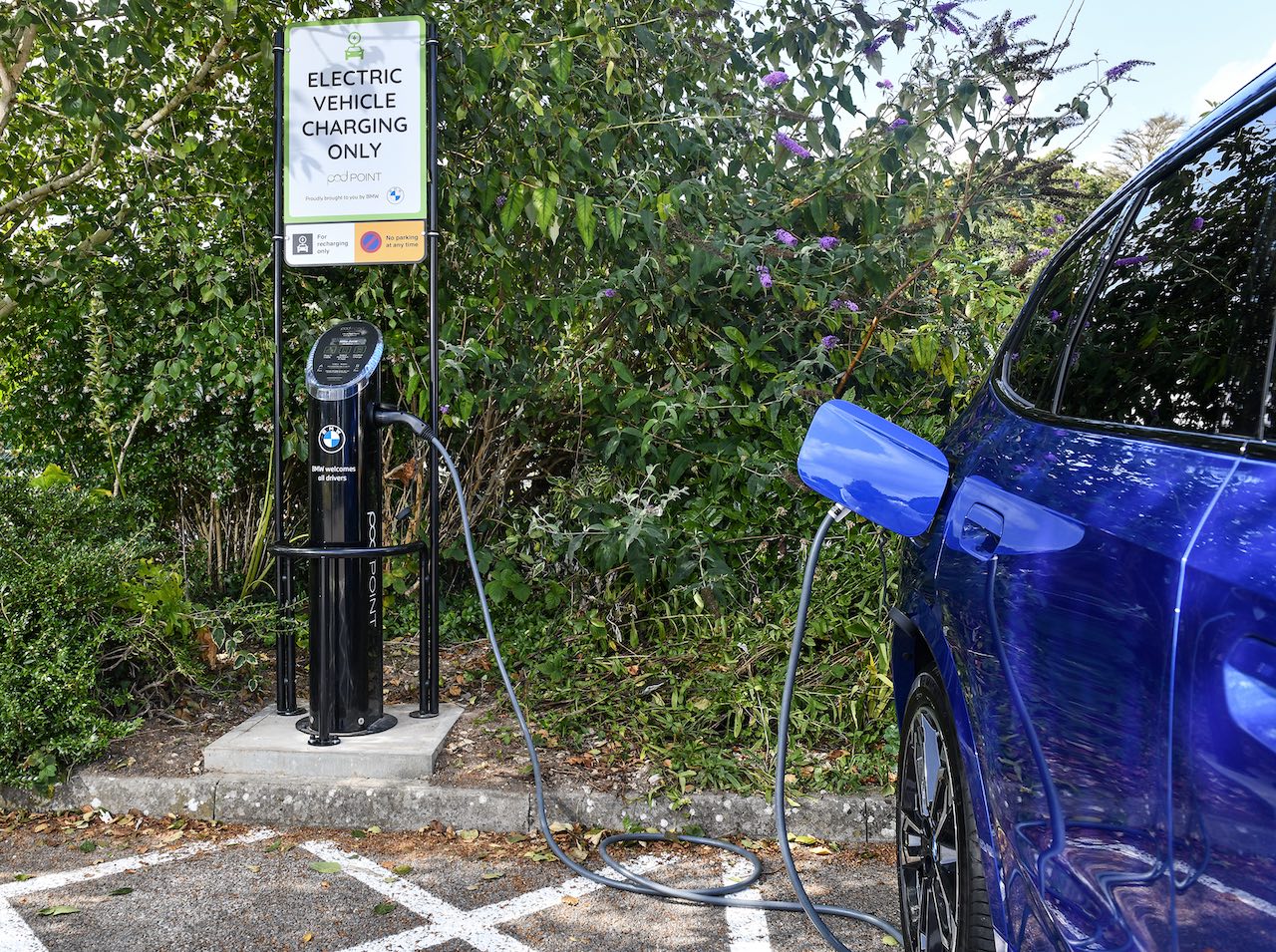
Ongoing improvements in cooling methods and materials support increases in charging power. While standard AC charging for Type 2 connectors currently peaks at 22kW, industry work aims to make higher rates possible. This helps shorten charging times as battery capacities increase.
Type 2 connectors work alongside DC fast charging solutions, such as the CCS system, which uses the same Type 2 base for rapid charging. This pairing ensures drivers can use the right charging method for daily use or longer trips.
The UK government has outlined its strategy for increasing public charging access, with a goal of 300,000 public chargepoints by 2030. These measures aim to ensure drivers across the UK can easily find Type 2 charging wherever they travel.
This is a Take to the Road Collaborated Post


